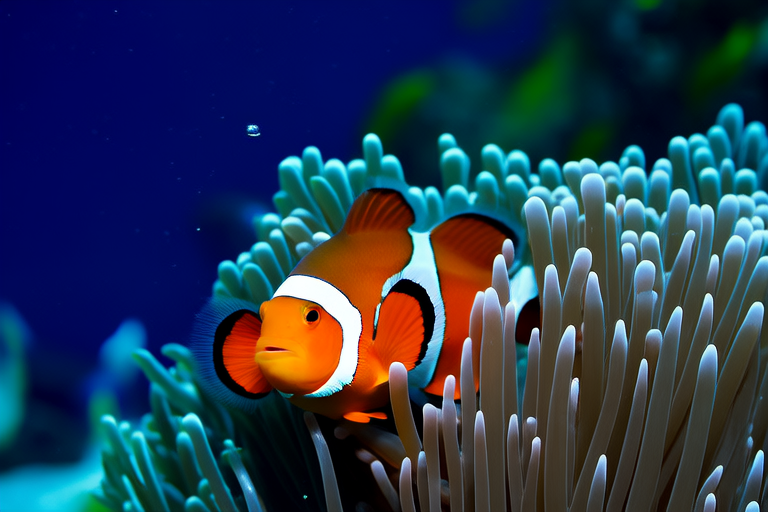Adopting a Clownfish: Everything You Need Before Bringing One Home
Welcome to the fascinating world of clownfish! These vibrant, charismatic creatures have captured the hearts of many aquarium enthusiasts, from beginners to seasoned aquarists. However, before you bring one home, it’s crucial to understand the responsibilities that come with owning a pet clownfish. This guide will walk you through everything you need to know to ensure your clownfish thrives in its new environment.
Introduction to Clownfish
Clownfish, also known as anemonefish, belong to the genus Amphiprion and are part of the family Pomacentridae. They are small, colorful fish that live in symbiosis with sea anemones in the wild. In captivity, they can bring a splash of color and life to any marine aquarium. With their unique personalities and striking appearance, clownfish are perfect for those looking to add a bit of charm to their underwater world.
Ideal Tank Setup
Tank Size
The first step in setting up a home for your clownfish is choosing the right tank size. For a single clownfish, a minimum of 20 gallons is recommended. If you’re planning on keeping multiple clownfish or adding other species, consider a larger tank. A 40-gallon tank is ideal for two clownfish and a few other compatible fish species.
Filtration
Proper filtration is crucial for maintaining a healthy environment for your clownfish. Choose a filter that provides mechanical, chemical, and biological filtration. The filter should be able to handle the bioload of your tank, ensuring that waste and harmful substances are removed effectively. Regular maintenance of your filtration system is key to keeping your tank clean and your fish healthy.
Water Parameters
Maintaining stable water conditions is vital for the well-being of your clownfish. Aim for a temperature range of 76-82°F (24-28°C). Keep the pH level between 8.1 and 8.4, and maintain specific gravity between 1.020 and 1.025. Regular testing of these parameters is necessary to ensure a healthy environment.
Diet and Feeding
Clownfish are omnivorous, meaning they eat both plant and animal matter. A balanced diet should include high-quality flake food, pellets, and frozen foods such as brine shrimp, mysis shrimp, and bloodworms. Feed your clownfish twice daily, offering only what they can consume within a couple of minutes to prevent overfeeding and water quality issues.
Common Health Issues
Like any living creature, clownfish can face health challenges. Some common issues include ich, fin rot, and bacterial infections. Early detection and treatment are essential for recovery. Regular observation of your fish’s behavior and appearance can help you catch potential problems early. Consult with a veterinarian specializing in aquatic animals for proper diagnosis and treatment if needed.
Compatibility with Other Fish
Clownfish are generally peaceful and can coexist with various other fish species. However, it’s important to choose compatible tank mates carefully. Avoid aggressive or territorial species that might bully your clownfish. Good companions include other non-aggressive marine fish, such as gobies, blennies, and smaller wrasses. Always research potential tank mates thoroughly to ensure compatibility.
Tips for Successful Acclimation
Introducing your new clownfish to its new home requires careful attention. Start by floating the bag containing the fish in your aquarium for about 15-20 minutes to allow the water temperature to equalize. Then, slowly introduce small amounts of tank water into the bag every five minutes. After an hour, net the fish out of the bag and place it gently into the tank. Avoid sudden changes in water parameters or handling to minimize stress.
Call to Action: Responsible Pet Ownership
Owning a clownfish is a rewarding experience, but it comes with significant responsibility. Ensure you are prepared for the commitment before bringing a clownfish home. Research thoroughly, invest in the right equipment, and provide a loving, healthy environment. Remember, adopting a clownfish means taking on the role of a caretaker, ensuring their well-being and happiness. By following this guide, you’ll be well on your way to providing a fantastic home for your new aquatic friend.
